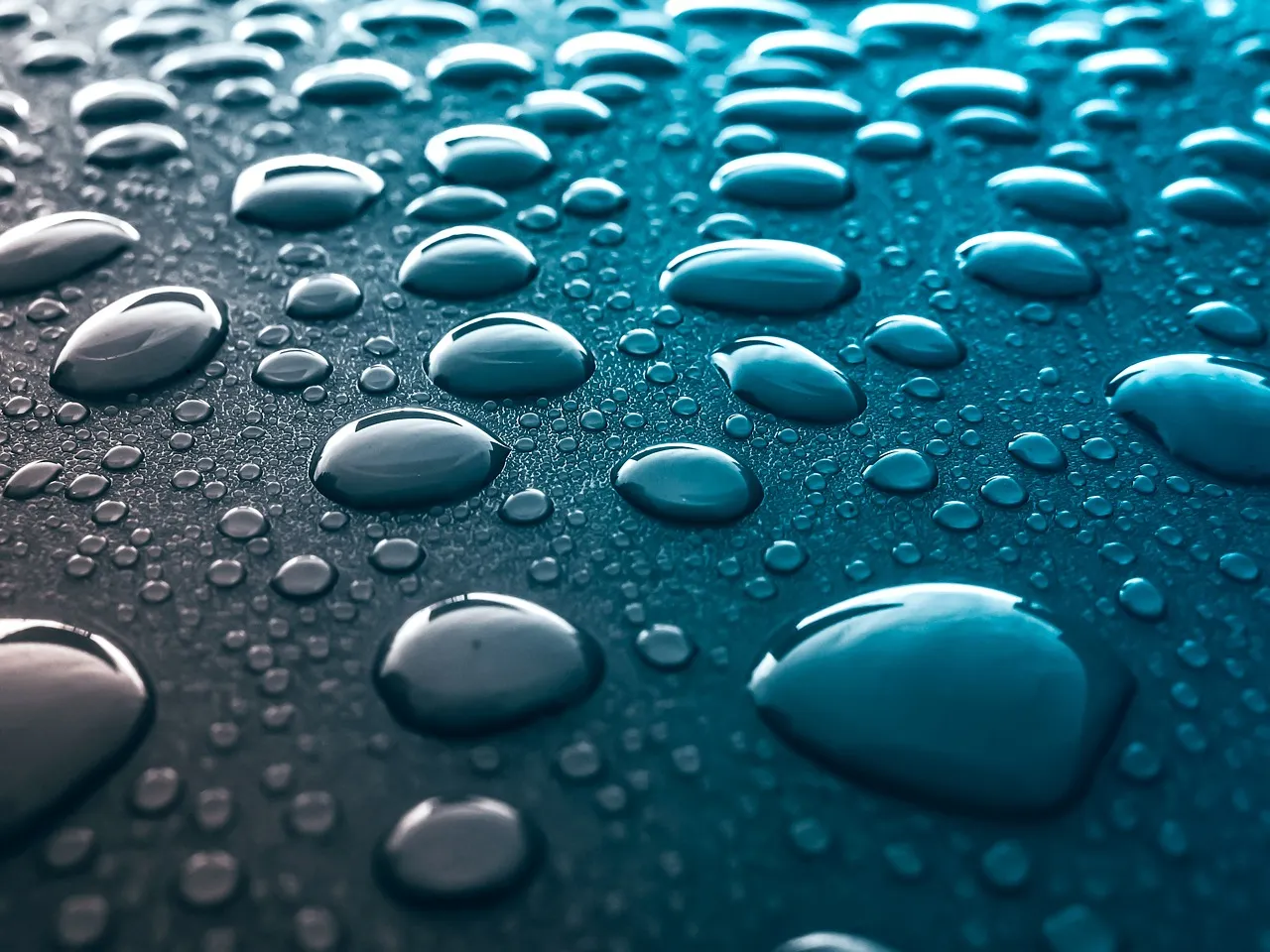Is New York Humid? A Detailed Look At The City’S Humidity Levels
New York’s humidity levels are a common concern for residents and visitors alike. With its coastal location and fluctuating temperatures, humidity can make NY feel quite muggy at times. But is New York really that humid?
If you’re short on time, here’s a quick answer to your question: Yes, New York is generally considered a humid city due to its coastal location, though humidity levels fluctuate throughout the year.
In this approximately 3000 word article, we’ll take an in-depth look at New York’s humidity levels by season, examining the factors that contribute to higher or lower humidity. We’ll also compare New York’s humidity to other major U.S. cities and provide tips for dealing with muggy conditions.
What Causes Humidity in New York?
New York, often referred to as the “Big Apple,” is known for its diverse weather patterns, with humidity being a prominent feature. Several factors contribute to the high humidity levels experienced in the city.
Understanding these factors can help us better comprehend why New York can feel so humid at times.
Proximity to the Atlantic Ocean
New York City is situated on the eastern coast of the United States, making it close to the Atlantic Ocean. The ocean’s proximity plays a significant role in the city’s humidity levels. As moisture evaporates from the ocean’s surface, it forms water vapor in the air.
When this moist air reaches the city, it increases the humidity levels. The Atlantic Ocean acts as a continuous source of moisture, contributing to the overall humidity experienced in New York.
Temperatures and Seasonal Changes
New York’s humid climate is also influenced by its varying temperatures and seasonal changes. During the summer months, temperatures can rise to high levels, causing more moisture to evaporate into the air.
This, coupled with the city’s high humidity levels, can make summers in New York feel particularly muggy. In contrast, during colder months, the air is cooler and has a lower capacity to hold moisture, resulting in lower humidity levels.
Urban Heat Island Effect
The urban heat island effect is another factor that contributes to the humidity in New York. The numerous buildings, concrete surfaces, and asphalt roads in the city absorb and retain heat, creating localized areas of higher temperature.
This heat, combined with the proximity to the Atlantic Ocean, leads to increased evaporation and higher humidity levels. The urban heat island effect can amplify the feeling of humidity, especially during hot summer days in New York City.
Understanding the causes of humidity in New York City can help residents and visitors alike prepare for the weather conditions they are likely to encounter. Whether it’s the ocean’s influence, seasonal changes, or the urban heat island effect, being aware of these factors can assist in making informed decisions about clothing, outdoor activities, and overall comfort in the city.
New York’s Humidity Levels by Season
Summer
Summer in New York City is known for its high humidity levels. The combination of warm temperatures and moisture from the nearby Atlantic Ocean often leads to sticky and uncomfortable conditions. The average humidity in the city during the summer months can range from 70% to 90%.
This can make outdoor activities challenging and can cause individuals to feel sweaty and easily fatigued. It’s important to stay hydrated and seek shade during these humid summer days.
Fall
In the fall, the humidity levels in New York City begin to decrease as the temperatures start to cool down. The average humidity during this season ranges from 50% to 70%. The crisp air and lower humidity make it a pleasant time to explore the city and enjoy outdoor activities.
However, it’s still advisable to carry a water bottle and apply sunscreen as the sun can still be intense.
Winter
During the winter months, New York City experiences lower humidity levels compared to the summer and fall seasons. The average humidity can range from 40% to 60%. The cold air during this time can make the humidity feel less noticeable, but it’s still important to keep the skin moisturized to prevent dryness.
It’s also a good idea to stay hydrated, even though the colder temperatures may make you feel less thirsty.
Spring
Spring in New York City brings a gradual increase in humidity levels as the weather begins to warm up. The average humidity during this season ranges from 50% to 70%. This can create a slightly muggy feeling, but it’s generally more tolerable compared to the summer months.
Spring is a great time to explore the city’s parks and gardens as the flowers bloom, but it’s still important to stay hydrated and protect your skin from the sun.
For more detailed information about New York City’s climate and weather patterns, you can visit the National Weather Service website.
How New York’s Humidity Compares to Other Major U.S. Cities
New York City is known for its diverse climate, ranging from hot summers to cold winters. One aspect of the city’s climate that often gets attention is its humidity levels. Let’s take a closer look at how New York’s humidity compares to other major cities in the United States.
Southern Cities like Houston and Miami
When it comes to humidity, cities in the southern United States like Houston and Miami are often considered some of the most humid places in the country. With their proximity to the Gulf of Mexico and the Atlantic Ocean, these cities experience high levels of moisture in the air.
In fact, Miami has an average annual humidity level of around 75%, making it one of the most humid cities in the United States. Houston, on the other hand, has an average annual humidity level of around 78%. Comparatively, New York City has an average annual humidity level of around 62%.
While New York is not as humid as these southern cities, it still experiences noticeable levels of moisture in the air.
Midwestern Cities like Chicago
In the Midwest, cities like Chicago also have their fair share of humidity. Being located near the Great Lakes, Chicago experiences a humid climate, especially during the summer months. The average annual humidity level in Chicago is around 64%, slightly higher than New York City.
However, it’s important to note that the humidity levels in Chicago can vary greatly throughout the year, with higher levels during the warmer months and lower levels during the colder months.
West Coast Cities like Los Angeles
On the West Coast, cities like Los Angeles have a different climate compared to the eastern part of the country. While Los Angeles is known for its dry and sunny weather, it does experience some humidity, especially during certain times of the year.
The average annual humidity level in Los Angeles is around 64%, similar to that of Chicago and slightly higher than New York City. However, it’s worth mentioning that the humidity in Los Angeles is generally lower and more tolerable compared to the East Coast cities.
Coping with New York’s Humidity
New York City is known for its hot and humid summers, which can make the city feel like a sauna at times. Coping with the humidity can be challenging, but with a few simple strategies, you can make the summer months more comfortable.
Stay Hydrated
One of the most important things you can do to cope with New York’s humidity is to stay hydrated. The high levels of moisture in the air can cause you to sweat more, leading to dehydration if you don’t replenish your fluids.
Make sure to drink plenty of water throughout the day, and avoid excessive amounts of caffeine and alcohol, as they can contribute to dehydration.
Seek Air Conditioning
When the humidity becomes unbearable, seeking air-conditioned spaces can provide much-needed relief. Whether it’s spending time inside museums, shopping centers, or cafes, finding places with air conditioning can help you escape the stifling heat and humidity.
If you don’t have access to air conditioning at home, consider visiting public spaces that offer relief from the humidity.
Time Outdoor Activities Carefully
If you enjoy outdoor activities, it’s important to time them carefully to avoid the peak hours of heat and humidity. Early mornings and evenings tend to be cooler and less humid, making them ideal times for outdoor exercise or leisurely strolls.
By planning your activities around the weather, you can make the most of your time outdoors while avoiding excessive discomfort.
Dress Appropriately
Choosing the right clothing can make a significant difference in how you cope with New York’s humidity. Opt for lightweight, breathable fabrics such as cotton or linen that allow air to circulate and evaporate sweat more efficiently.
Loose-fitting clothing can also help to minimize the feeling of stickiness that often accompanies high humidity levels.
Use Dehumidifiers and Fans
If you’re dealing with high humidity levels indoors, using dehumidifiers and fans can help create a more comfortable environment. Dehumidifiers remove excess moisture from the air, reducing the stickiness and preventing the growth of mold and mildew.
Fans can also help circulate the air and create a cooling breeze, making the humidity more bearable.
Remember, while New York City may be humid during the summer months, there are ways to cope with the discomfort. By staying hydrated, seeking air-conditioned spaces, timing outdoor activities carefully, dressing appropriately, and using dehumidifiers and fans, you can make the most of your time in the city while staying comfortable.
Conclusion
While New York has less extreme humidity than southern U.S. cities, its coastal location and urban heat island effect make it prone to muggy, humid conditions, especially in summer. Humidity levels fluctuate in New York depending on the season and time of day. By staying hydrated, timing outdoor exposure carefully, and using air conditioning and dehumidifiers, New Yorkers can better cope with humid days.








